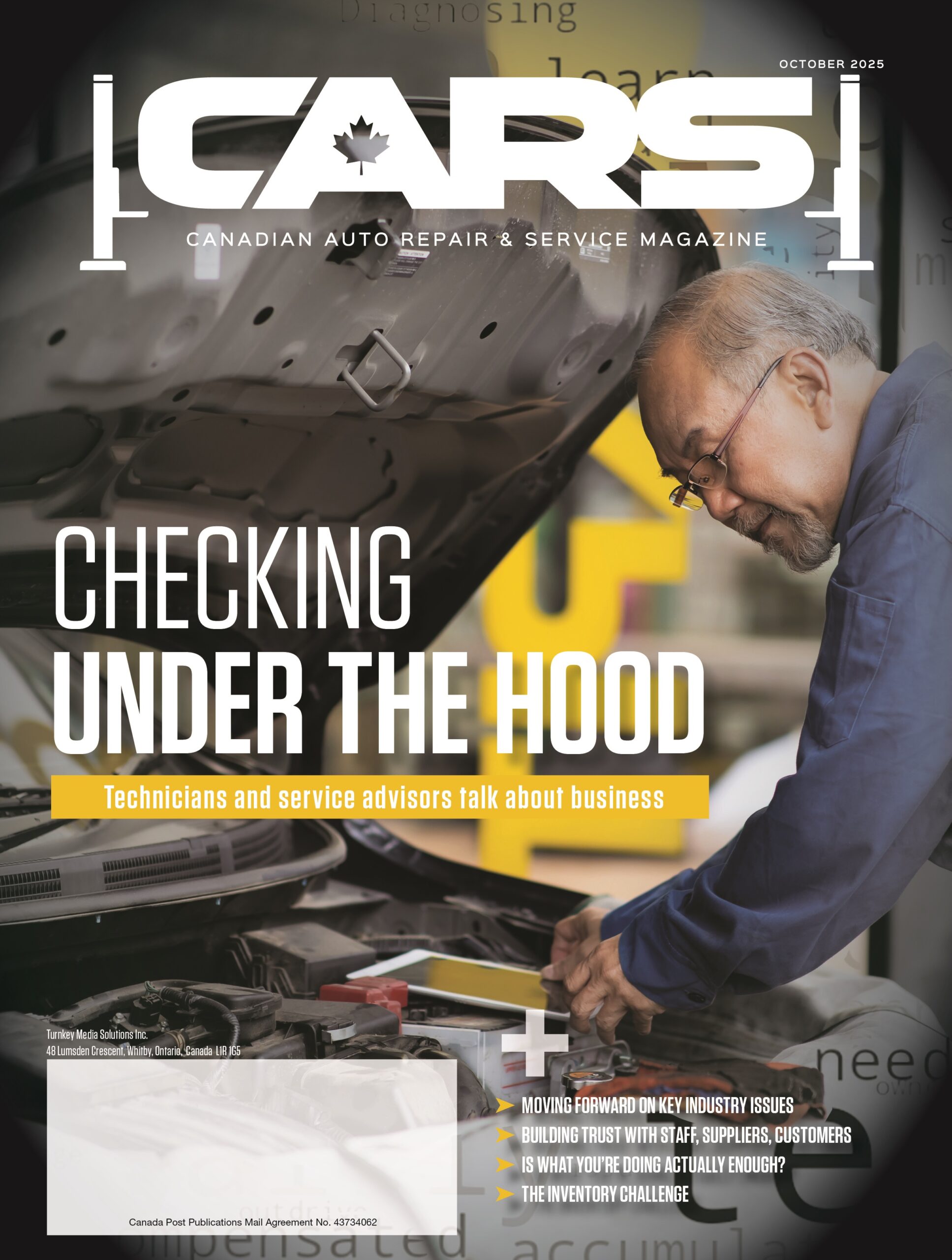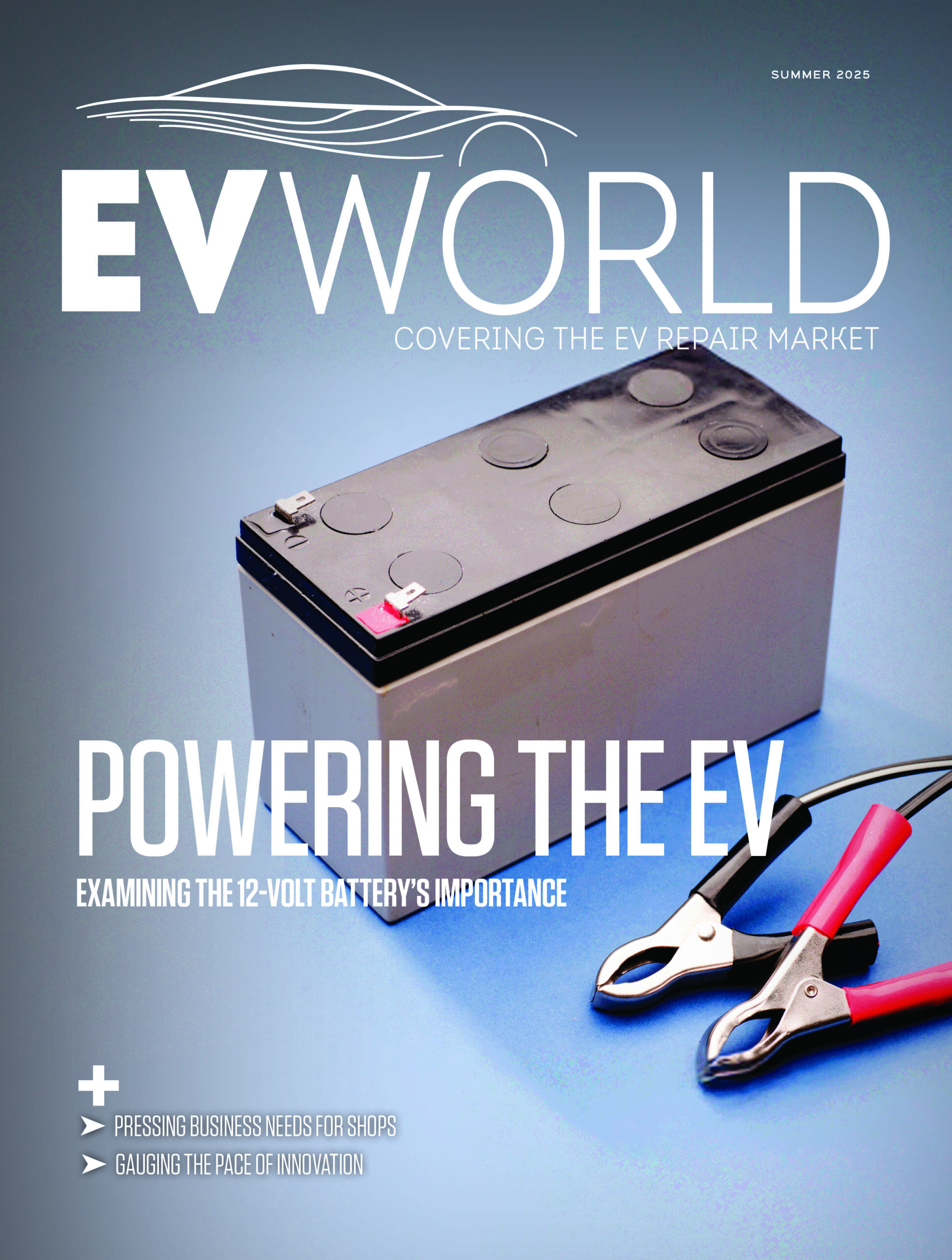
All too often, a shop will write up a repair order filled with technical jargon that only someone with expert knowledge of vehicle repair will understand.
That’s great if the customer has that level of knowledge — but chances are they don’t. They have no idea what a ‘MAF’ is. They don’t know what a differential seal is. They don’t know the other dozen pieces of lingo used by professionals.
So when they pay up and are on their way, they take a look at what was done to their car and haven’t got the slightest clue.
“Imagine that car belongs to your grandmother,” said Alan Beech, an aftermarket coach and consultant with Beech Consulting. “Does your grandmother know what pinion seal is? Does your grandmother know what a differential seal is? Does she even know where it is on the car?”
Speaking at the Automotive Aftermarket Retailers of Ontario training event, he challenged shop owners to ensure their staff are talking to their customers in a more simple way. The technician just went through a long process of inspecting the vehicle, taking photos and thoroughly examining the issues. The service advisor then needs to transfer that information in the same appropriate manner to the customer. They need to explain what’s being fixed, the role of that part in the safe and effective operation of that vehicle and why it’s important to be repaired.
“What we’re finding the advisor needs to spend as much time on the preparation of the digital inspection as the technician does in doing the digital inspection. And if those two go hand in hand, then you’re going to sell the work. You’re going to help the customer,” Beech explained. “Not every customer wants to read that, OK, but there are a large amount of them that do.”
Think of it this way: Give the customer the proper information so they can understand what was done and they can carry on with their life and get their kids to hockey practice, rather than spend their time confused about the conversation they just had with the shop. Maybe they look at the report when they get home — but they’re confident going through it because it was explained well in the first place by the advisor and the report is clear.
“This is why it’s so essential that the repair orders and the inspection get created by the front counter with somebody that’s being very present on who they’re writing to,” Beech said.
Related Posts
Comments
-
Alan, You state; “The technician just went through a long process of inspecting the vehicle, taking photos and thoroughly examining the issues. Adding; “What we’re finding the advisor needs to spend as much time on the preparation of the digital inspection as the technician does in doing the digital inspection.” Am I the only one reading that digital inspections are more of a negative impact to our business than a positive one. By the time your technicians and advisors get their act together to sell a job, Granma has already left my shop “tail lights down the road” ( as the late Keith Brown would say), with a new pinion seal installed. I thought digital inspections were suppose to be the best thing since owners removing themselves from the bays. Could I get an amen out there from someone?













Leave a Reply